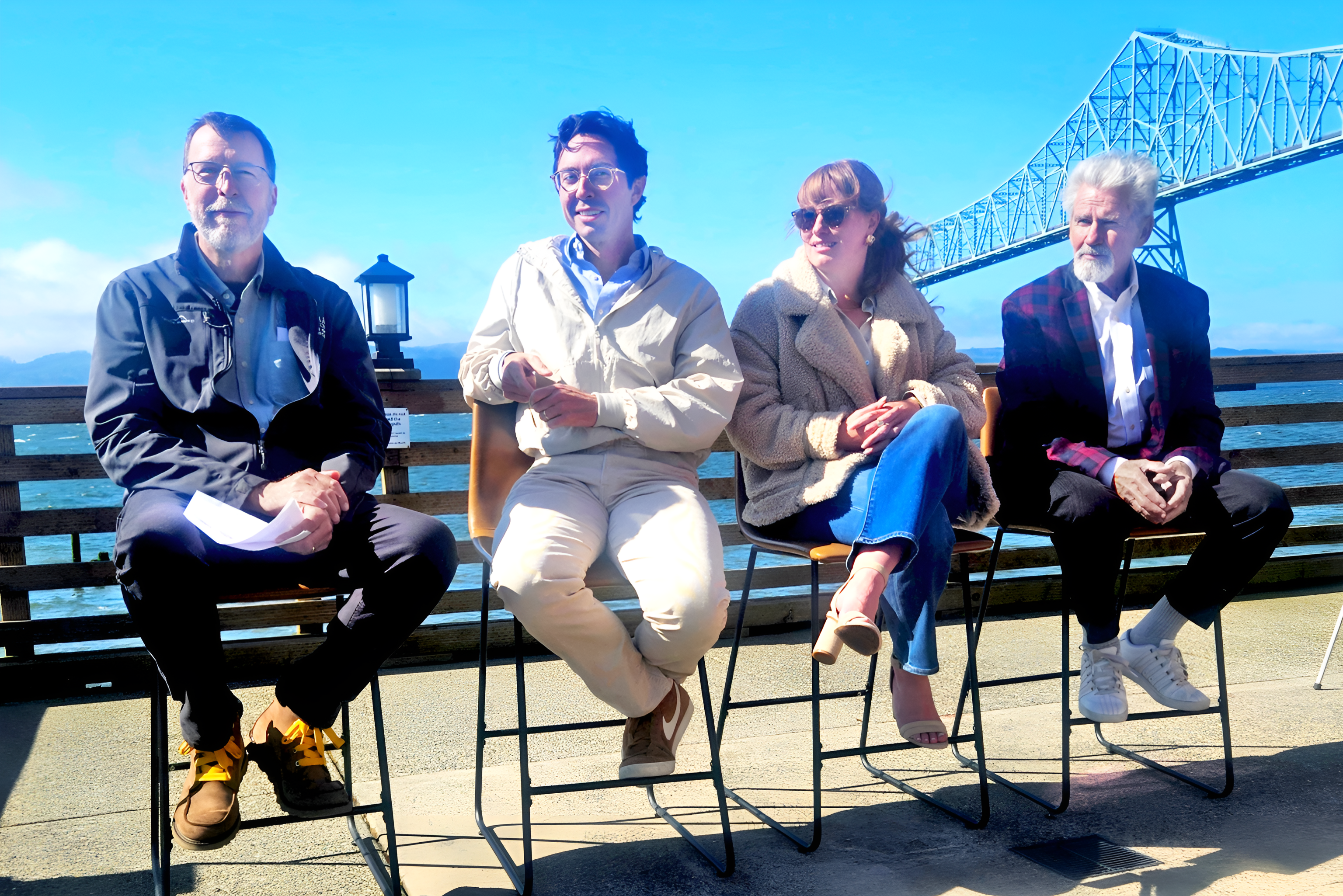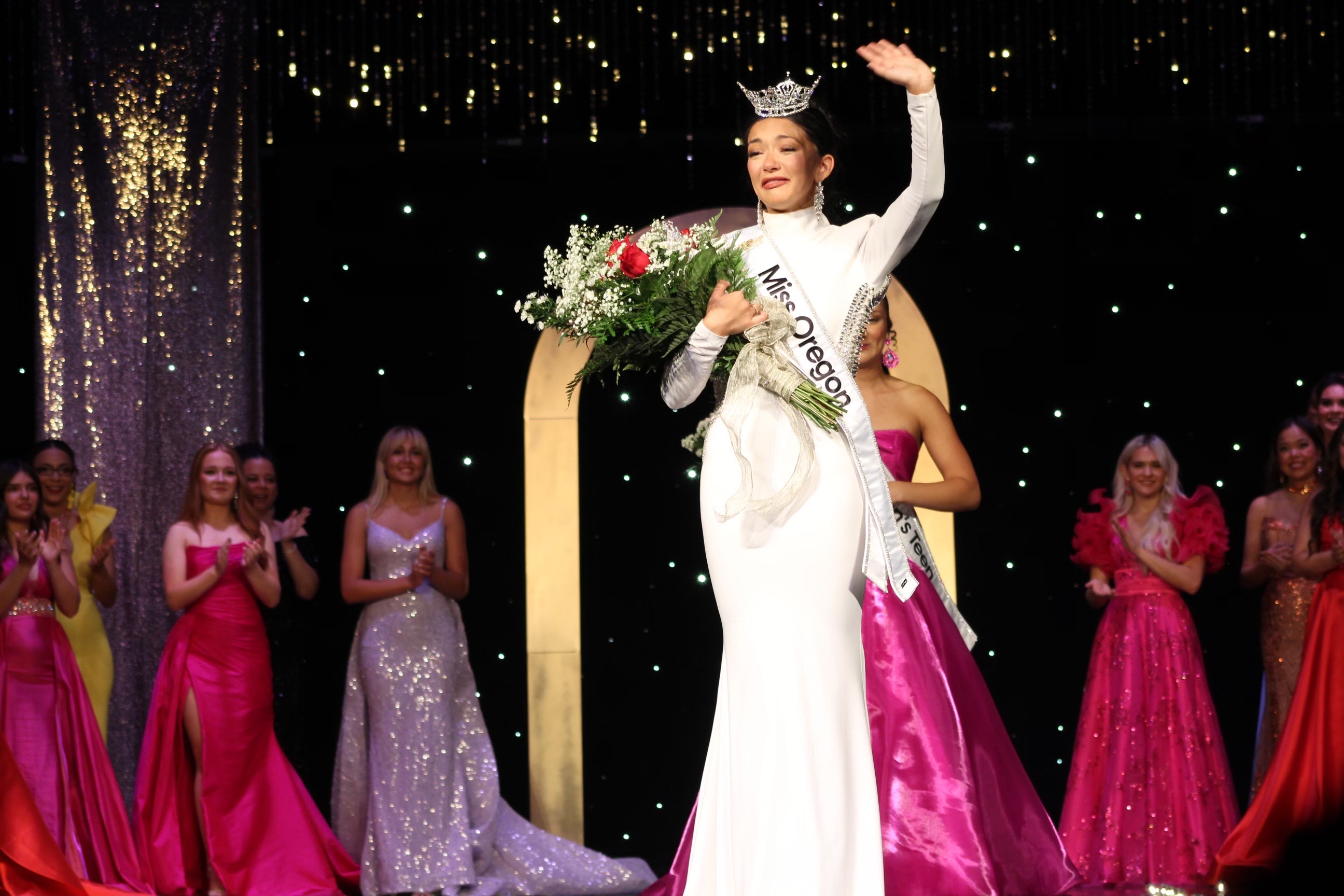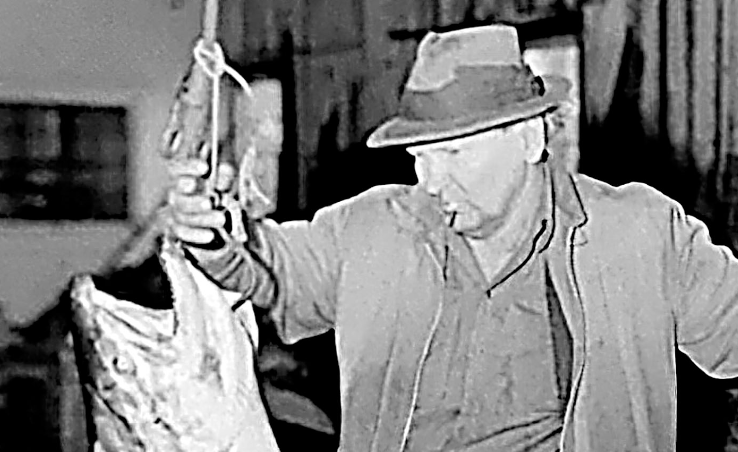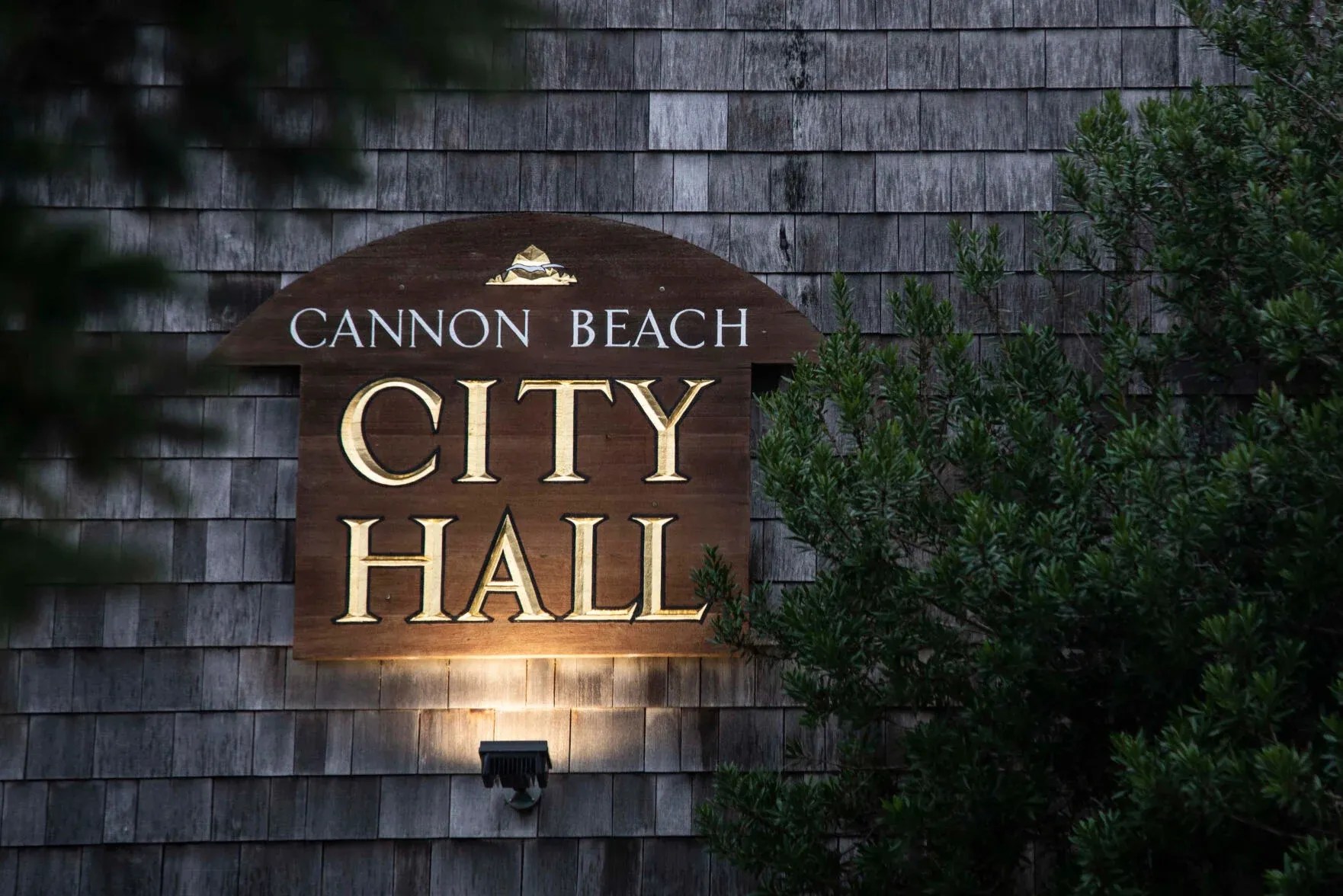Regatta sails on
Published 6:20 am Monday, August 11, 2014
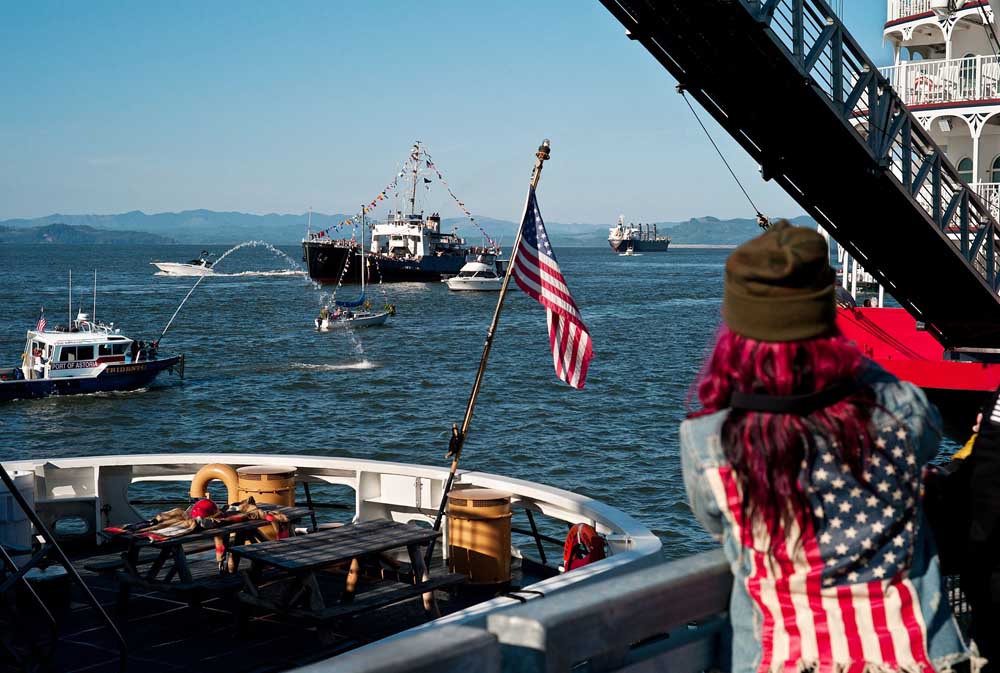
- DAMIAN MULINIX/EO Media A variety of boats circle in front of the maritime museum Saturday night during the regatta boat parade.
A motley column of pleasure craft, educational, commercial and government-owned vessels threaded their along the Astoria waterfront Saturday, showing off for the crowds spread along the Astoria Riverwalk, in between the U.S. Coast Guard Cutters parked at 17th Street Dock and various businesses looking out on the river.
The High Water Boat Parade, although playing second fiddle in popularity to the Grand Land Parade, still drew plenty of people’s eyes to the Columbia River as one of the last regatta-related vestiges of Astoria Regatta.
Regatta means a race or a series of races between boats. But gone are the high-powered boat races, rowing, the waterfront grandstand, high dive and swimming competitions and other waterfront activities, as a changing economy and financial hardship on the North Coast have moved the focus of Astoria’s premier summer festival inland.
But the boat parade still drew nearly 20 vessels, from the Columbia River Bar Pilots’ vessel Astoria and the Port of Astoria’s new quick-response vessel Trident, to the Clatsop County Sheriff’s Office, U.S. Coast Guard and a diverse collection of yachts and other pleasure craft.
“The Regatta is alive and well,” proclaimed Peter Roscoe, president of the Regatta for the last two years and a driving force behind saving the festival, which most recently became imperiled in 2013 because a lack of people interested in taking leadership roles.
Although 120 years old, the Regatta has happened about 94 times since its begging in 1894, canceled at times because of two world wars, the Great Depression and a other periods of attrition. Going back to the beginning is the High Water Boat Parade.
One of Roscoe’s favorite parts this year was Tongue Point Job Corps’ Center’s training vessel, the Ironwood. The retired U.S. Coast Guard buoy tender, now used to train merchant mariners, served as the flagship of the parade. It carried Job Corps students from throughout the country and festival dignitaries from British Columbia to California, along with the grand marshal and West Coast ESPN SportsCenter host Neil Everett Morfitt.
“Both my parents went to high school here,” said Morfitt. “My mom went to (St. Mary) Star of the Sea. My dad went to Astoria High. My mom’s a former Regatta princess (in 1955). Her name was Jackie Poell.”
When Roscoe contacted him, said Morfitt, he jumped at the opportunity to visit Astoria and play grand marshal, mingling with other local notables, riding on and judging land parade floats.
“That’s everything written down on paper, but I really think the job of the grand marshal is to emanate a spirit that promotes all the good will and all the good feeling and all the good energy that we saw today.”
For their efforts, Morfitt and Roscoe got a challenge coin from Capt. Len Tumbarello, the new leader of Job Corps’ only seamanship program. Tumbarello, who recently retired from the Coast Guard, adopted the tradition from the military, giving the coins as a gesture of thanks for their service to the Regatta.
After the High Water Boat Parade, participants gathered at the Astoria Yacht Club to hear the awards. The sailing vessel Cantata took home the Best of Power; the Ironwood was the top commercial vessel.
“There were many aspects of it that were a little new that have shown tremendous promise,” said Roscoe.
Roscoe centered in on the old Safeway block, which he referred to as “Regatta Square,” where the festival combined music, barbecue and craft beer, with the floats of the Grand Land Parade rolling by on either side, using Duane and Exchange streets.
“Everybody involved in the barbecue and the craft beer competition, I think a lot of that had to do with concentrating some of the effort there,” he said. “We have a craft brew cluster – we utilized that as a community. We have a culinary cluster – we’re starting to utilize that as a community.”
The Regatta fits nicely as Astoria’s summer festival, he added, with Fisher Poets in the winter; the Crab, Seafood and Wine Festival in the spring; and the Northwest Brew Cup in the fall.
“I’ve suggested several times, in private and at a public meeting, the city should develop a permanent barbecue in Regatta Square, or Heritage Square,” he said. “Certainly the Regatta could use it, but other groups that wanted to utilize the square would have a reason to go there instead of just walking around and looking at beautiful things to look at.”
While Roscoe exudes optimism about the Regatta, he doubts he’ll be president of the festival again.
“I don’t think that’s healthy for Regatta to have one person be in charge of this over and over and over again,” he said.
Several theories detail the start of the Regatta, the most popular that E. J. Smith, city editor of The Morning Astorian in 1894, originated the idea of Astoria Regatta. Working in cooperation with Frank M. Gunn, pioneer hotel man and secretary of the Astoria Football Club, Smith gained the support of the Astoria Football Club, and with them, the backing of the merchants.
“It’s a community event; people from the community need to step up and be engaged and see what fun it is to do this,” said Roscoe. “It’s a lot of work, but it’s a lot of fun.
“I’ll show them, but they need to do it.”
‘It’s a lot of work, but it’s a lot of fun.’
— Peter Roscoe
Astoria Regatta president


